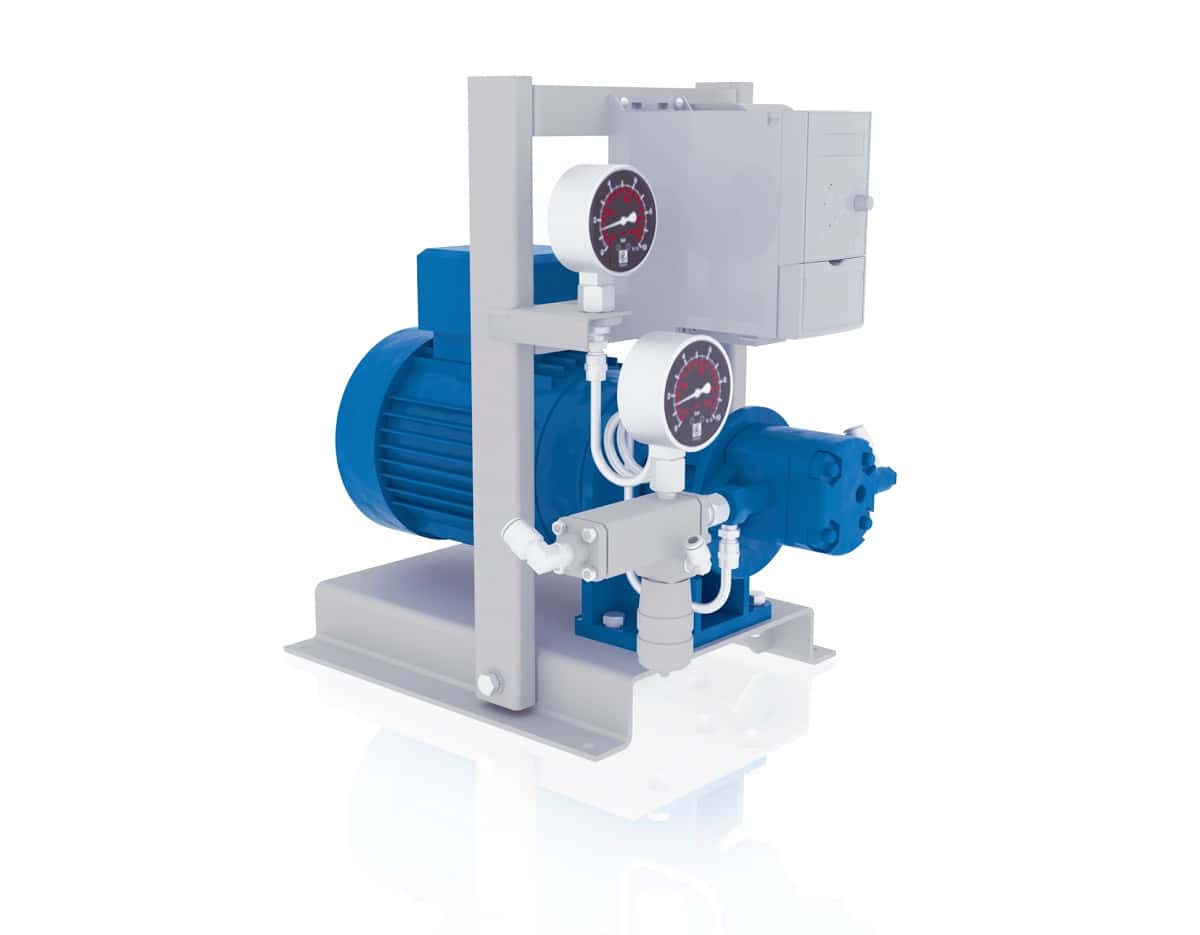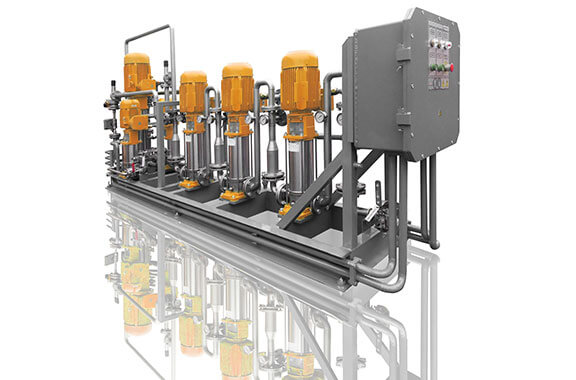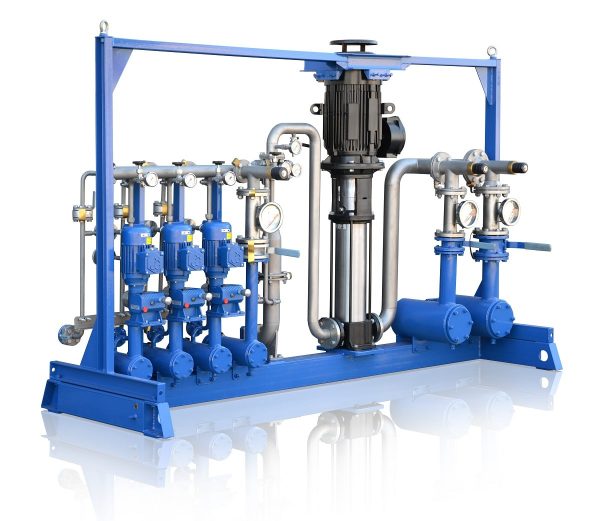In this article, we will look at USB fuel blending systems and, in particular, the process of blending diesel with biodiesel additives.
Impact of harmful emissions on the environment and human health
Emissions of harmful substances from vehicles are one of the main sources of environmental pollution. Basically, these include general hydrocarbons, carbon monoxide, nitrogen oxides, etc. Exhaust gases not only cause environmental pollution, but also trigger irreversible consequences for human health (for instance, respiratory diseases, heart disorders, diabetes).
In particular, the rapidly growing automotive industry, increased fuel consumption and environmental pollution along with decreased crude oil reserves gave rise to an interest in the use of alternative fuels.
Alternative fuels are one of the solutions to the problem
Currently, the governments of many world countries support alternative fuels in a variety of ways, including, but not limited to introduction of blending quotas, subsidies, tax allowances, reduced import rates, research and development funding, and other incentives. The blending quotas establish a certain percentage of alternative fuel, for example, biodiesel, which shall be blended with conventional petroleum fuels — diesel fuel or gasoline.
One of the important advantages of biodiesel is that its physical and chemical properties are very similar to those of diesel fuel. Therefore, it can be used as an ingredient for blending with diesel fuel without considerable changes in the engine and in the fuel system.
Disadvantages of existing mixing technologies
One of the reasons that prevents the effective use of blended fuel composed of diesel and biodiesel is inadequacy of the currently available blending processes. Currently, the most common and least accurate way to blend diesel and biodiesel is to feed them alternately into the tank of a gasoline truck where blending is carried out just during transportation. Batchwise blending is more accurate, but requires large storage containers and strict fire safety requirements.
Fuel blending system USB
GlobeCore has developed an optimal technology for blended fuel production which is implemented in USB stream-type systems.
Blending in the USB system is facilitated by two tanks containing the ingredients of biodiesel and base, diesel or gasoline fuel produced at the oil refinery, which pass through a cavitator where they are blended at a certain ratio due to a hydraulic impact and collected in the third tank for a final product. The resulting product remains stable even during long-term storage and ensures reliable and trouble-free operation of diesel engines. The capacity of USB fuel blending systems is up to 100 cubic meters per hour and more. Each model is made according to the customer preferences; for instance, the number of ingredients, the capacity, and the design may vary — the equipment can be mounted on a skid, on a trailer or placed in a special protective container.
The use of GlobeСore technology to produce blended fuel on the basis of diesel and biodiesel allows reducing the amount of hazardous emissions into the environment, improving the fuel lubricating properties, and saving the money due to the use of a cheaper ingredient compared to crude oil. Non-renewable natural resources, inсluding crude oil, are additionally saved.


 USBL-1 Laboratory Blending ...
USBL-1 Laboratory Blending ... USB-1 Biodiesel equipment
USB-1 Biodiesel equipment USB-1 Fuel oil ...
USB-1 Fuel oil ...